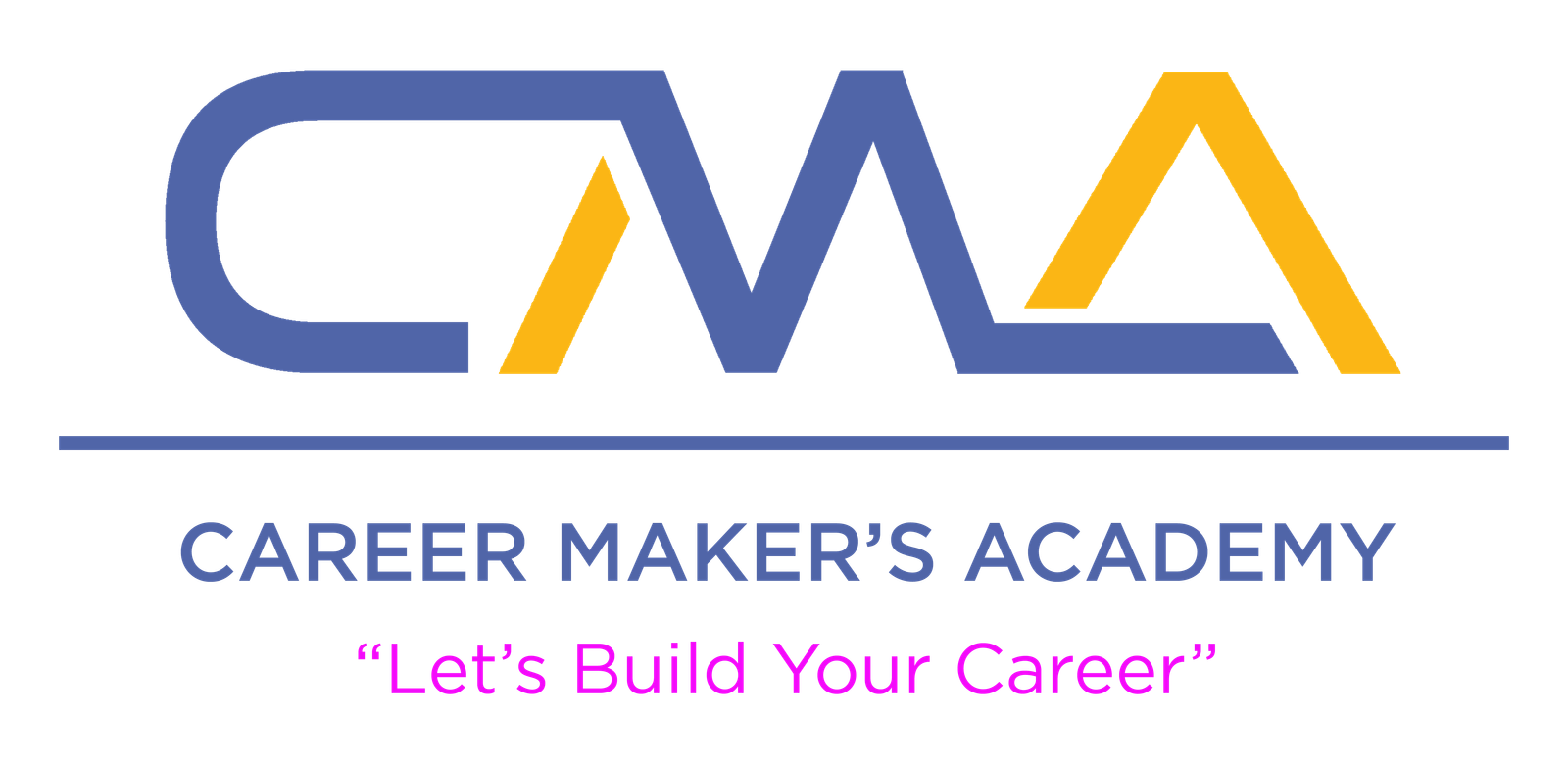Unlocking Cognitive Potential with Career Maker’s Academy, Dholpur
Have you ever wondered how you remember your friend’s birthday, the capital of France, or how to ride a bicycle? The secret lies in the human brain—arguably the most complex organ in the universe. With over 86 billion neurons and 100 trillion connections, it processes, stores, and recalls information in ways scientists are still working to fully understand.
Let’s dive into how memory and learning work—and how this understanding can revolutionize how students study and succeed, especially when guided by visionary educators like Mr. Shobhit Pandey at Career Maker’s Academy, Dholpur.
The Science of Memory: More Than Just Recalling
Memory isn’t a single “thing” in the brain—it’s a system with multiple components working together:
- Sensory Memory: Lasts just milliseconds. It captures raw data from your senses. For example, the brief visual of a math equation on a board.
- Short-Term (or Working) Memory: Holds a limited amount of information (around 7 items) for a short time (15–30 seconds). Think of memorizing a phone number.
- Long-Term Memory: Where knowledge is stored for extended periods—days, years, even a lifetime.
Long-term memory is divided further:
- Explicit Memory (conscious recall): Facts, events, formulas.
- Implicit Memory (unconscious recall): Skills like swimming or cycling.
Studies show that students retain 10% of what they read, 20% of what they hear, and 90% of what they do—highlighting the importance of active learning.
The Process of Learning: Wiring the Brain
When we learn, our brain forms new connections between neurons, a process called neuroplasticity. This is not age-restricted—yes, your brain can rewire itself even in your senior years! However, during school-age years, the brain is particularly receptive.
Here’s what enhances learning:
- Repetition: Strengthens neural pathways.
- Emotion: Heightens retention. A passionate teacher can make a dull subject unforgettable.
- Sleep: Vital for memory consolidation. Students who sleep well score 20-40% higher in memory tests.
- Focused Attention: Multitasking is a myth—distractions kill retention.
Bringing Brain Science to the Classroom
Understanding memory and learning helps educators build strategies that work. At Career Maker’s Academy, Mr. Shobhit Pandey has transformed this neuroscience into practice. Here’s how:
- Conceptual Learning over Rote Memorization: Students are encouraged to understand before they memorize. This builds deeper, long-term retention.
- Integrated Use of Visuals, Analogies, and Activities: From mind maps to science models, learners engage multiple parts of their brain—boosting recall.
- Reinforcement through Regular Testing: Periodic quizzes, not to “check,” but to strengthen memory through active recall.
- Personalized Guidance: No two brains learn the same way. Mr. Pandey and his team work closely with each student to tailor learning methods to their strengths.
The CMA Advantage
Career Maker’s Academy, under the leadership of Er. Shobhit Pandey, has become a trusted name for classes 9–12 in Dholpur. What sets it apart is its scientific approach to learning, matched with a deep commitment to every student’s growth.
Mr. Pandey’s expertise doesn’t just lie in subject knowledge—it’s his understanding of the learner’s mind that makes the real difference. With a strong foundation in Physics, Chemistry, and Mathematics, and a teaching style rooted in clarity and curiosity, he prepares students not just to pass exams, but to think, apply, and innovate.
Final Thoughts
The human brain is a marvel—adaptive, intelligent, and capable of incredible feats. When students understand how their memory works and are guided by expert mentors like Mr. Shobhit Pandey, learning becomes less of a struggle and more of a journey of empowerment.
At Career Maker’s Academy, learning isn’t just about scoring marks—it’s about unlocking the full potential of the brain. Because when you learn how to learn, there’s no limit to what you can achieve.
